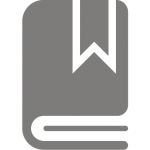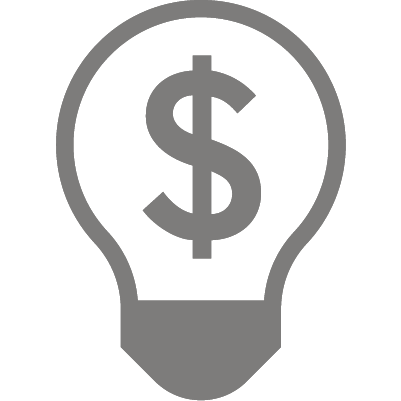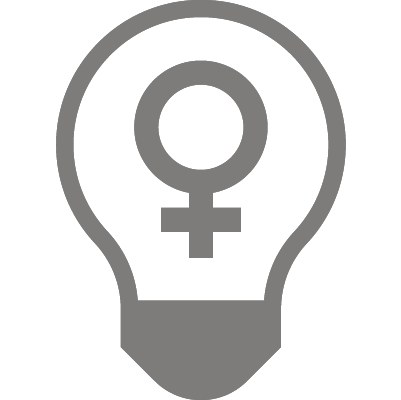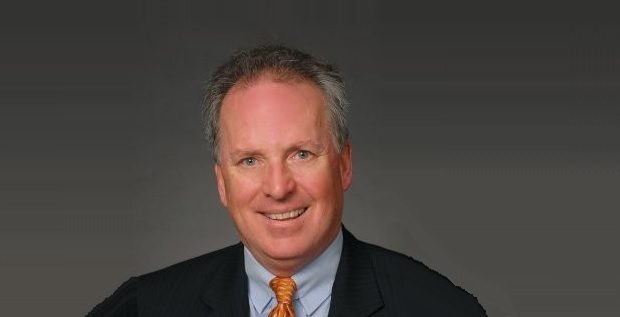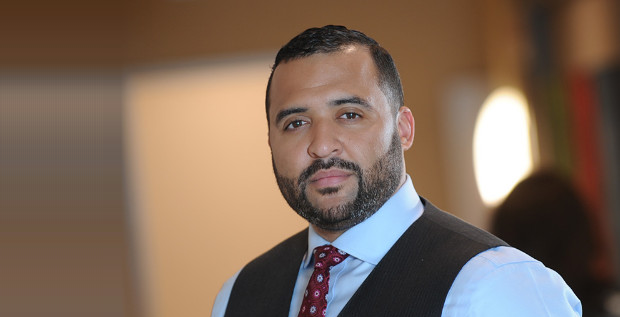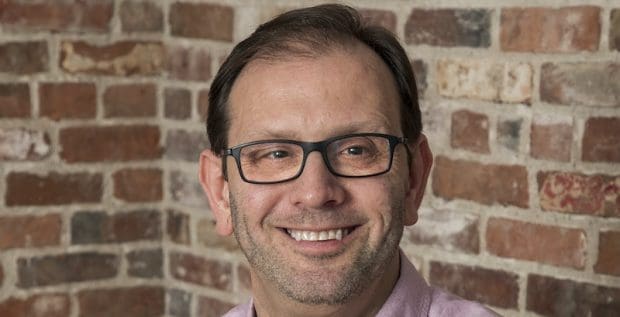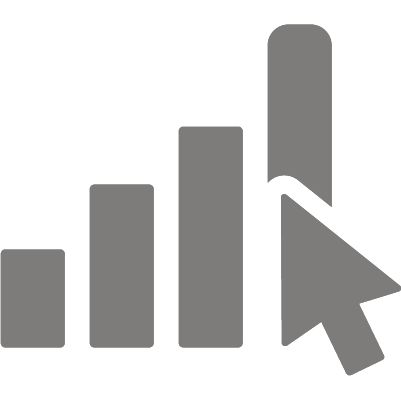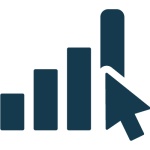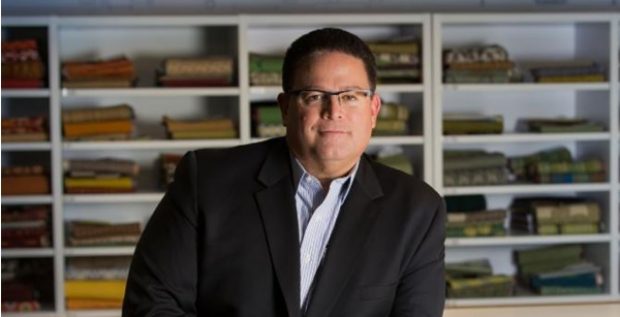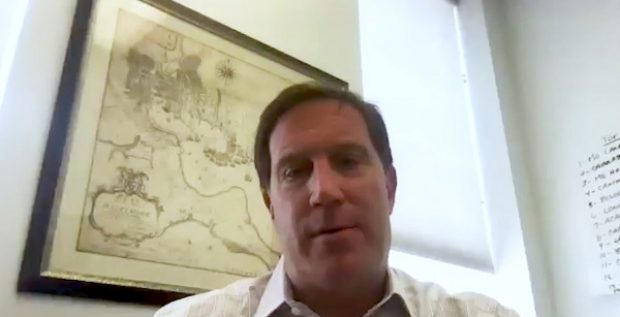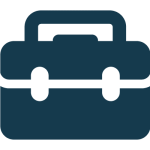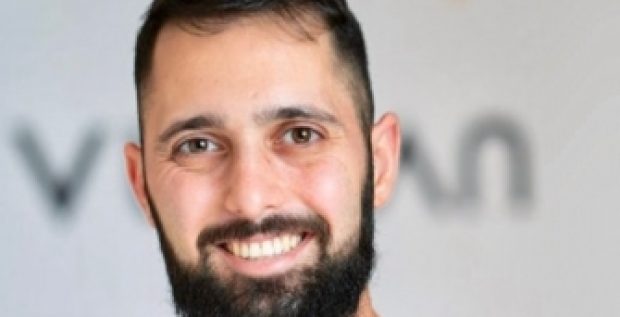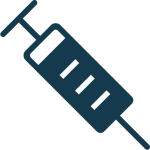Lessoncast: A New Tool to Help Teachers Up Their Game – Part I
A Q&A with Frank Bonsal III and Nicole Tucker-Smith
By Henry Mortimer, Editor-at-Large
How do you improve America’s schools? Practice, practice, practice.
Or at least, offer the teachers a tool that will allow them to practice doing their jobs in a more effective and meaningful way. That’s the idea behind Lessoncast, a Baltimore-based edtech startup co-founded by its CEO, Nicole Tucker-Smith.
The problem, says Tucker-Smith, is that US schools spend $8 billion annually on teacher training and development — and have very little to show how such spending benefits teachers or students. Lessoncast, which is housed in the TU Incubator, Towson University’s business and entrepreneurial resource center, is seeking to solve that conundrum. The company, which is in the process of raising a $1.5 million seed round, has created a learning platform that not only provides professional development but also allows schools to measure impact and award credentials. And it does so by putting the teachers in the catbird seat.
“It’s all about recognizing teachers as the number one factor in improving student outcome, and thinking through strategically how can we improve teacher quality in a meaningful way,” says Tucker-Smith, a former teacher and school administrator who also coordinated systemwide professional development for Baltimore County Public Schools. “Lessoncast provides software and services that capture, show, and share teacher learning.”
Lessoncast uses audio-video technology to record in-classroom teaching for analysis and instruction. Although there are similar solutions on the market, admits Tucker-Smith, what makes Lessoncast different from say, Bloomboard, Edthena, and Taskstream, is technology that records the “behind the scenes thinking” required for effective teaching. With Lessoncast, in other words, schools can show how the tools impact individual teacher effectiveness, and build their own customized credentialing systems based on what is important to their teachers and students.
Recently, Tucker-Smith sat down with Frank Bonsai III, Director of Entrepreneurship at Towson University, to share the story of Lessoncast, debate the future of edtech, and discuss why, as she she says, “This is an ideal time for a system like Lessoncast [which] is becoming a must-have for schools.”
Click here for Part II & Part III
The following is a verbatim transcript of Part I:
FRANK BONSAL: I’m Frank Bonsal, Director of Entrepreneurship at Towson University where we run an incubator officially known as the Towson University Incubator. We have a very sincere focus on education technology at the Incubator. Of around 25 companies, 15 or 16 are very focused on education.
Today, we have with us a special guest, Nicole Tucker-Smith, who is Founder and CEO of Lessoncast Learning.
We’ve known each other for, I don’t know, five or six years?
NICOLE TUCKER-SMITH: Yeah, I think so.
Q. Something like that. Maybe more. I’ve known your co-founder similarly, maybe even little bit longer.
A. Yes.
Q. How did the idea for Lessoncast come into being?
A. Just a little bit about my background: I’ve been a teacher, I also led professional learning for a large district, and then I was leading a turnaround school. It was in recognizing what it really takes in order to improve student outcomes in a timely fashion and to measure impact and measure results, I created a process—which later became Lessoncast—which evolved into the software. It was all about recognizing teachers as the number one factor in improving student outcomes, and thinking through, strategically: How can we improve teacher quality in a meaningful way?
Q. It sounds like pedagogy and behavior first, technology second?
A. It’s recognizing: What are systems that are already in place for supporting teachers? And then building a technology with that knowledge, and building the technology in a way to make something repeatable and measurable. We’re able to design professional development that is meaningful, but we can also measure its impact and make adjustments, and we use software to do the parts that are hard to do on a human scale—how do you really scale improvement and quality?
Q. Something about evidence in the classroom of proficiency and growth?
A. Right, so to give a little bit more detail about what Lessoncast does in order to have this high impact: we capture, show, and share effective teaching strategies so that they can be replicated across our classrooms and then measured to show its impact on teacher growth and student learning, and we do this with video evidence. As teachers are thinking through the pedagogy and instructional strategies that they’re putting in place in the classroom, we’re capturing that behind-the-scenes thinking: “What does it take to make this work for my students in my classroom?” Then, you have a video clip of the teacher actually doing it; and then there’s the analysis of what happens: looking at the student achievement and also the teacher looking at the video and saying, “This is where things went really well, and this is where I can make a difference next time.” Our software packages all of that in a compact multimedia thing called lessoncast, and then leaders can measure it—they can see results, they can make direct connections between “this is the professional development we did for our teachers” and “this is the real impact that it had for student learning,” by connecting the student data systems and also having the teacher analyze their classroom assessment data as well.
Q. Some of this is compulsory, or is this more of a nice-to-have? How does it fit in there?
A. We’ve been in the nice-to-have space for a while. What makes this an ideal time for a system like Lessoncast is it’s becoming a must-have. Budgets are getting tighter. School districts are looking to spend money on what works, and they need to show, “if I’m spending these millions of dollars”—because actually $8 billion is spent every year in teacher professional development, and that’s a low-ball figure—“If we’re spending all of this money, how do we know it’s making a difference?”
Connect with Nicole on LinkedIn
